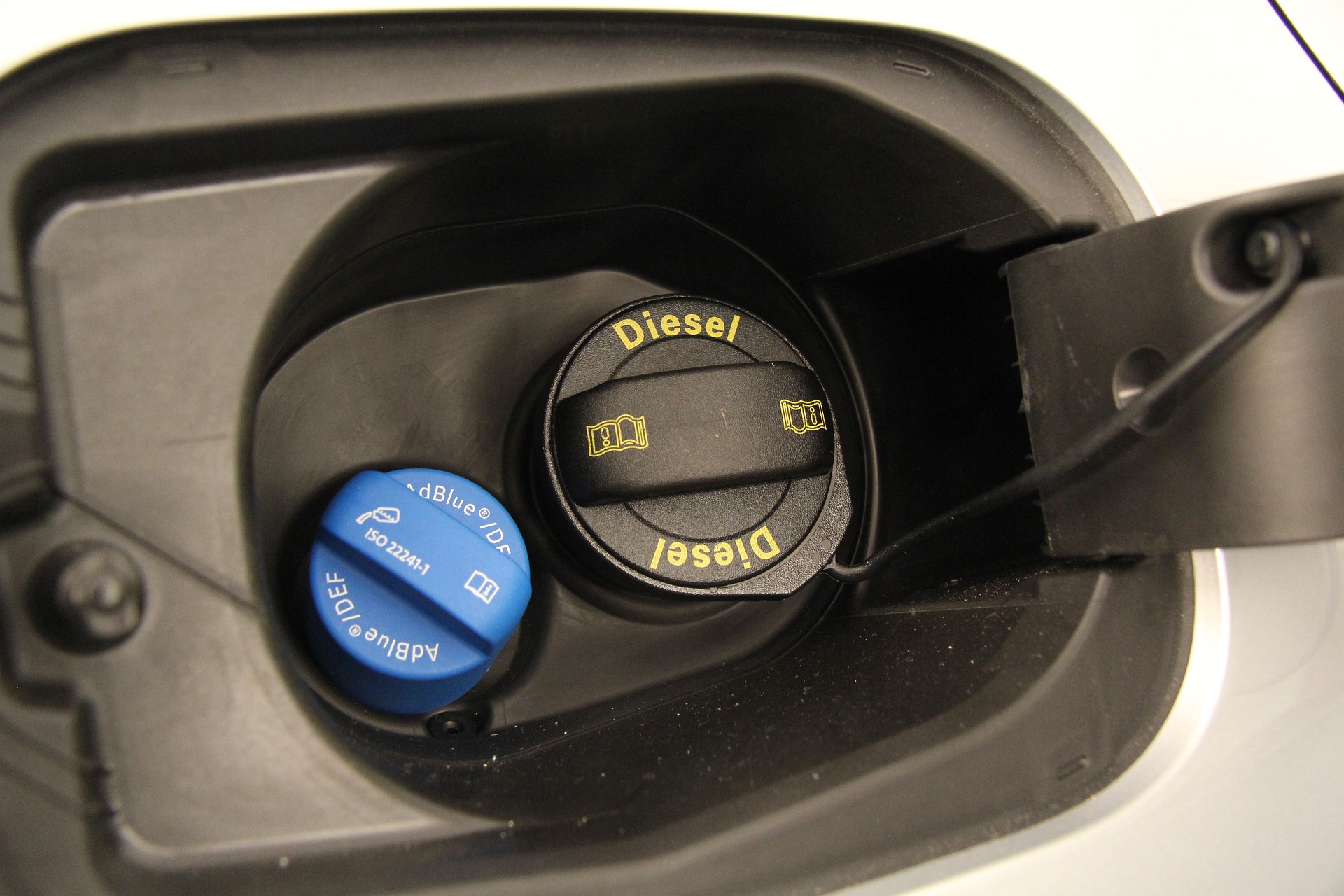product comparison
Quantity: {[ basketItem.quantity ]}
{[ formatPrice(basketItem.price * basketItem.quantity, basket.currency) ]} ({[ formatPrice(basketItem.price, basket.currency) ]})
What is the AdBlue urea?
The AdBlue urea is used for exhaust gas purification or exhaust gas aftertreatment in diesel engines. What initially started only for trucks and commercial vehicles, is now also standard in modern diesel cars. The reason for this is the EU emissions standard Euro-6, which has been in force since 2014. Modern engines, however, produce more and more nitrogen oxides, as they are designed for efficiency and to consume as little fuel as possible. The fuel-air mixture is thus increasingly "lean" and thus also increasingly warm. More heat produces more nitrogen oxides.
New catalytic converters have been developed in order to achieve low exhaust emissions despite the increase in nitrogen oxides. These are known as SCR catalysts. SCR stands for "selective catalytic reduction". This catalytic converter primarily reduces nitrogen oxides without the SCR cat consuming more fuel, as is the case with the diesel particulate filter, for example. In order to effectively carry out the exhaust gas aftertreatment, the SCR cat requires the AdBlue urea.
Since the SCR catalyst is precisely aligned with the composition from AdBlue, it is strongly discouraged to use other substitutes for exhaust aftertreatment. These can cause damage to the catalytic converter or the ECU and generally lead to the loss of warranty claims.p>
What is AdBlue urea made of and how does it work?
What else is there to know about AdBlue?
What is AdBlue urea made of and how does it work?

AdBlue consists of 32.5% urea and 67.5% demineralized water. Demineralized water or deionized water does not contain salts as they occur in normal tap water. The AdBlue urea is made from ammonia and carbon dioxide. The ammonia is produced from nitrogen and hydrogen. The urea solution releases the ammonia again through the heat in the SCR catalytic converter and this converts the nitrogen oxides into harmless nitrogen, carbon dioxide and water vapor. Through the interaction of the modern SCR catalytic converter and the AdBlue urea, it is possible to reduce the nitrogen oxide content by up to 90%.Thanks to this exhaust gas purification or aftertreatment, the EU emission standards can be met.
Ammonia itself is not harmful, but irritation can occur if it gets into the eyes, respiratory tract and onto the skin. Therefore, the urea solution should be rinsed off immediately with water if you have come into direct contact with AdBlue. Additionally, the ammonia reacts corrosively with some materials. For example, it does not mix well with automotive paint. Again, it is important to wipe off the AdBlue immediately should any of the urea drip onto the paint.
What else is there to know about AdBlue?
Very important when filling is, never fill the AdBlue urea in the fuel tank and the diesel not in the urea tank. The latter happens very rarely, because the filler neck from the diesel does not fit into the urea tank opening, but the other way around it can happen every now and then. If the mishap has occurred, the engine should not be started under any circumstances. Then only the tank would be affected, could be intensively cleaned and refilled with diesel. Effort and costs would be limited in this case. However, if the engine is started, the AdBlue does not enter the SCR catalytic converter for exhaust gas purification, but rather the engine and attacks seals, lines, etc. Here, the damage will be greater and thus also result in higher costs, since the fuel pump, lines, injection system and filter, among other things, will have to be replaced.
Since the AdBlue urea consists of about two-thirds water, the freezing point of the liquid is -11 ° C. For this reason, the urea tanks are heated, as are the pipes to the exhaust pipe. In very cold areas, it makes sense to put the car in a garage, if possible. If the heating of the urea tank breaks down, a warning message will appear and the car should then be taken to the workshop promptly, because so the exhaust gas cleaning does not work sufficiently in winter.
The AdBlue also does not like higher temperatures so much, as the urea content decreases when it is exposed to temperatures above 30°C for longer. The reason for this is the ammonia that volatilizes at high temperatures. Therefore, it is not recommended to carry AdBlue canisters in the car. It is best to store them in a cool, dry place in the cellar or garage.

Since the urea tanks are located differently, the canister size to be selected is also different. The AdBlue tanks can be located in the following places in the vehicle:
- In the trunk under the cover
- In the engine compartment
- Behind the fuel filler flap next to the fuel tank
In the operating instructions of your vehicle you will find the exact location of the urea tank. Smaller bottles / canisters up to 3.5l are good for filling in the trunk and engine compartment. The 4.5l canisters are good for filling through the fuel filler flap. Anything larger should rather be used for vans or trucks only. The AdBlue urea can be filled as it is and should not be diluted with water. Especially not with normal tap water. Also, the AdBlue must not be transferred into a canister that previously contained another liquid, so that the urea solution is not contaminated and it not loses its effect.
Most service stations have AdBlue filling pumps for trucks. However, these are not suitable for refueling a diesel passenger car. The reasons for this are as follows:
- The flow rate of the AdBlue is not designed for passenger cars
- The automatic fuel stop of the truck fuel pumps does not work for passenger cars
- Overflow is hardly avoidable, thus attacking the paint
- In addition, the nozzle for trucks also does not fit properly on diesel cars
However, more and more service stations have AdBlue pumps for passenger cars. Therefore, it is best to find out where suitable filling stations are located before you start your journey. If you want to play it safe, get AdBlue urea from us and store it in a cool and dry place. We offer the urea solution only from leading and certified brand manufacturers and wish you all the time good driving.
To the AdBlue urea range



























